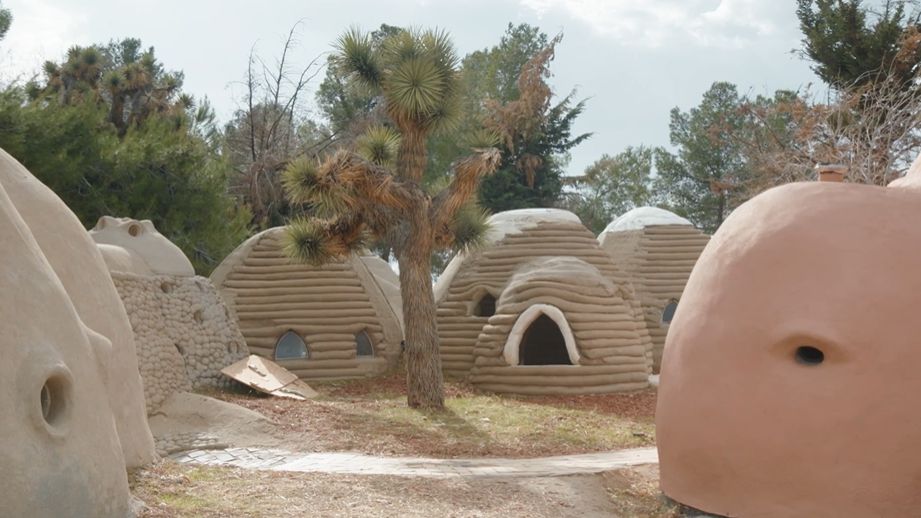This July was the Earth's second-hottest in recorded history, and with climate change worsening around the globe, scientists at USC released a new study on how the melting Arctic permafrost could unleash dangerous levels of mercury. Doctoral student Isabel Smith worked on that research and joined Lisa McRee on "LA Times Today" to share their findings.
The Alaskan Arctic is warming four times faster than the rest of the world. Smith talked about the research she and her team conducted in the Yukon River.
"Permafrost is just soil that has remained frozen for two or more years. However, mercury, because of its chemical properties, is able to act as a gas and enter our atmosphere. And due to the air circulation of our planet, all of that Mercury is transported to the Arctic. Then plants are taking up that mercury and storing it. And when they die, rather than decaying and releasing that mercury, they're frozen and preserved in the permafrost," Smith explained.
The threat, according to the USC study, is that when the permafrost melts, a "mercury bomb" could be released, impacting humans and wildlife in the region.
"There are currently about five million people that are living in Arctic regions and three million on areas that are underlain by permafrost. So, as you can tell, a lot of people are potentially going to be impacted if this Mercury was to be released," Smith said.
Smith’s research focused on sediment from the Yukon River, and the team focused on measuring mercury levels in deeper layers of sediment than previous studies.
"The way the rivers work, at least with meandering rivers, is that you'll have erosion of sediment on one side. Usually, the opposite side is reburying those sediments, creating little beaches. So we were looking at satellite images just to see how fast that erosion has been happening over time, and if a lot of the sediment that's rich in mercury is, in fact, being reburied," Smith said. "A lot of other studies have been doing similar things, but they're not able to get into the further layers. They can only go maybe three meters down. But because we are working on the sides of exposed riverbanks, we're often able to get more like six meters into the permafrost."
Smith said the measurements can be used to help experts craft strategies to combat climate change and prevent the mercury from seeping out of the permafrost.
Watch the full interview above.
Watch "LA Times Today" at 7 and 10 p.m. Monday through Friday on Spectrum News 1 and the Spectrum News app.










)


